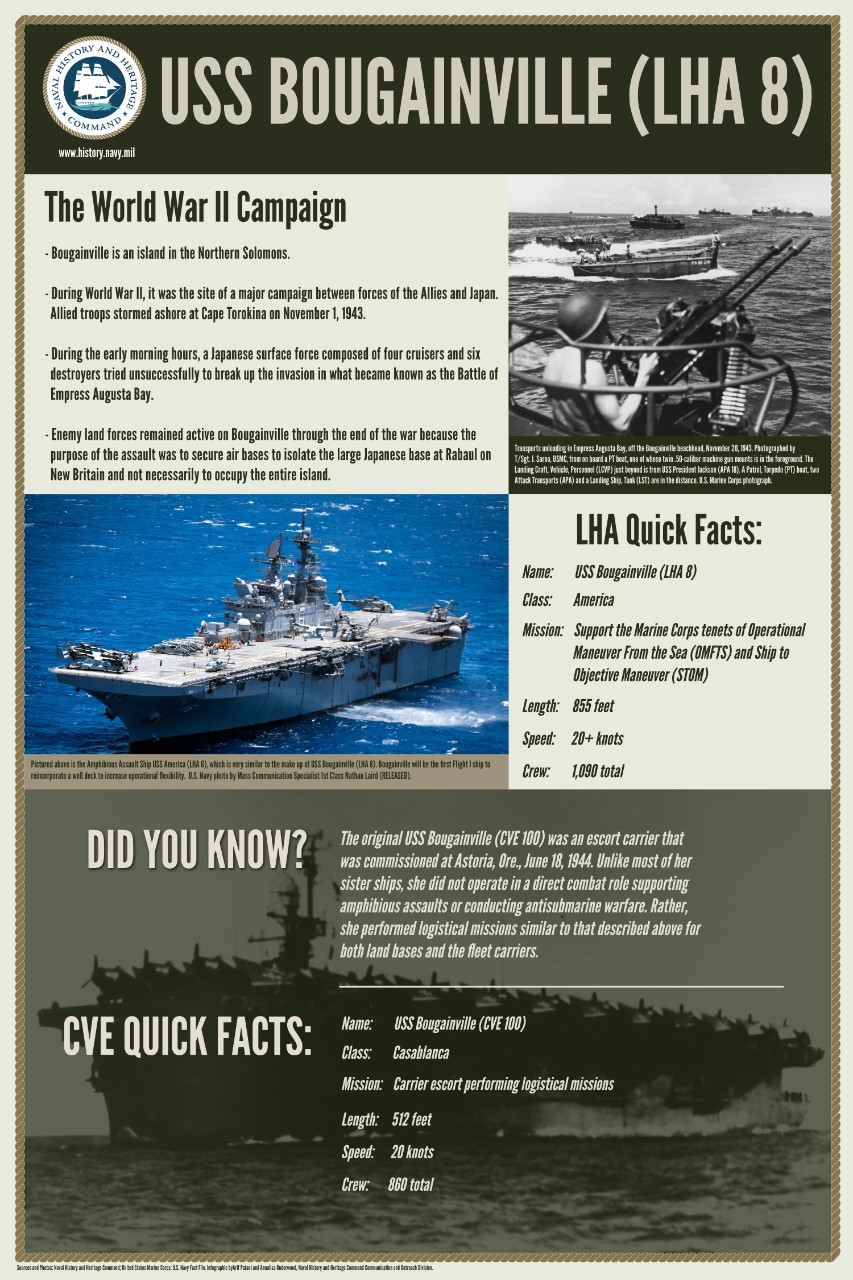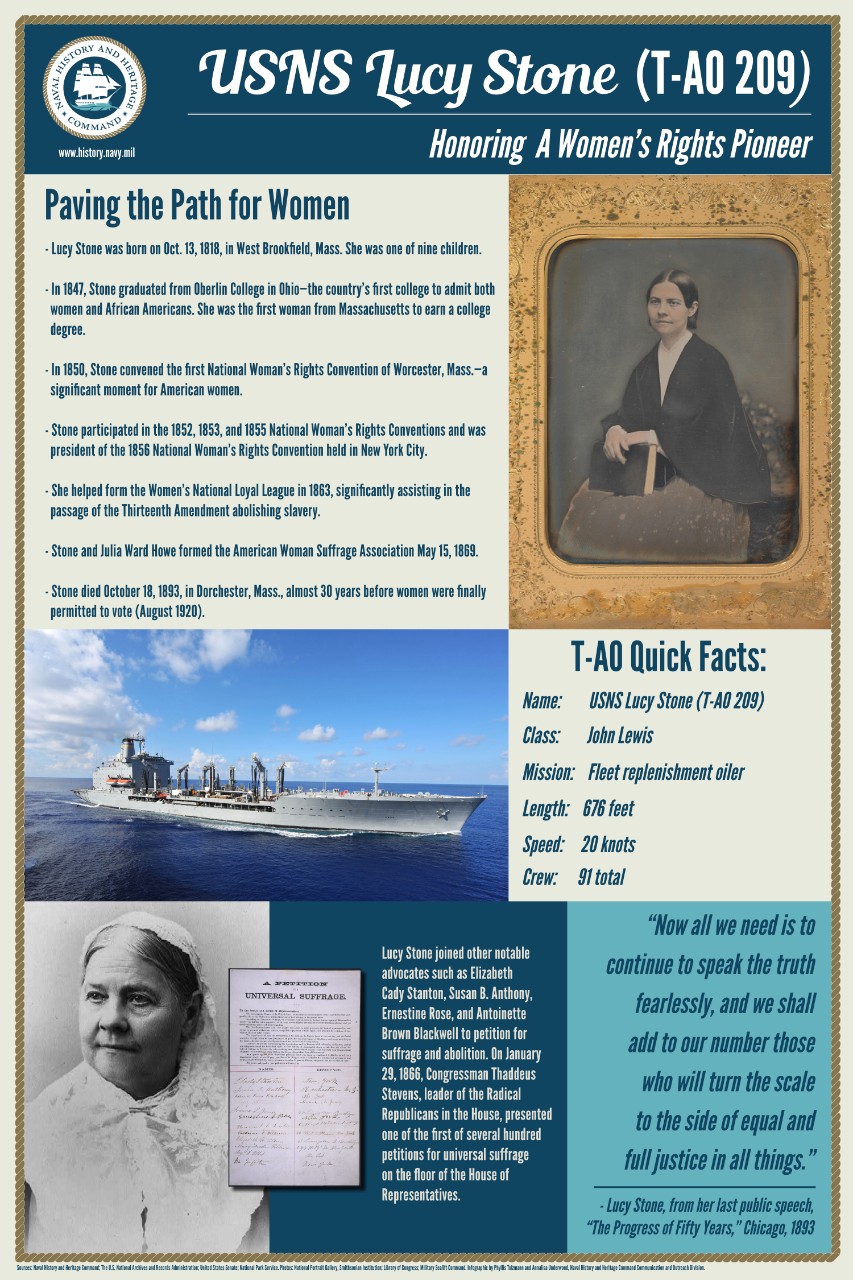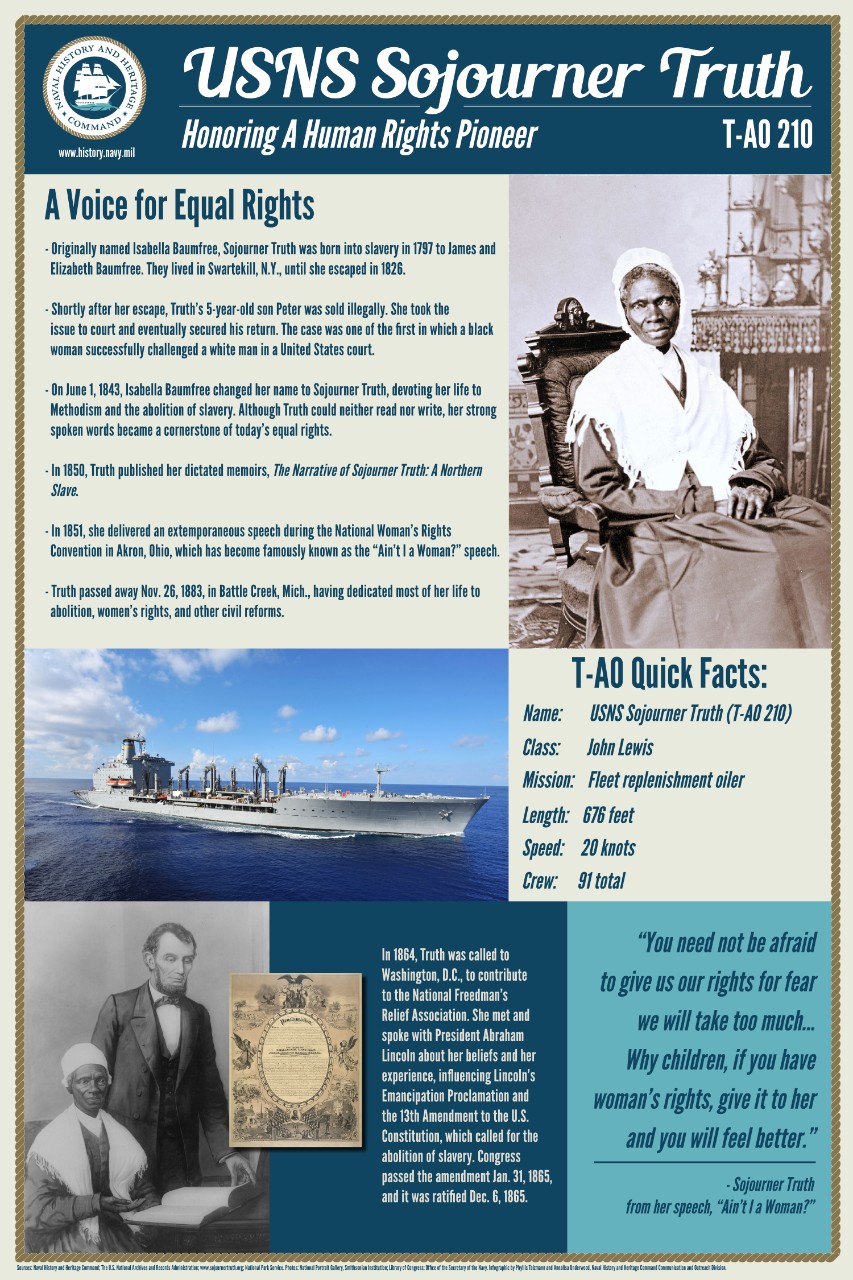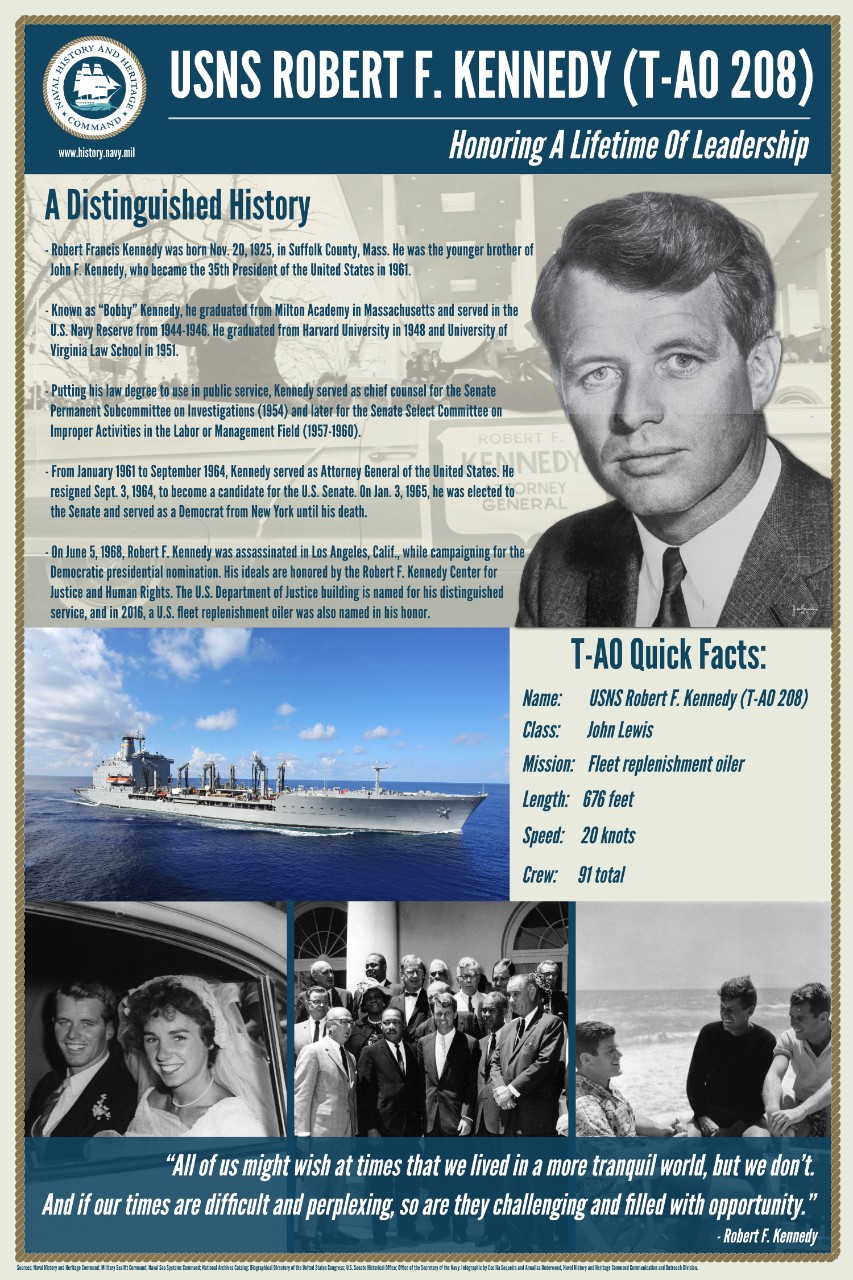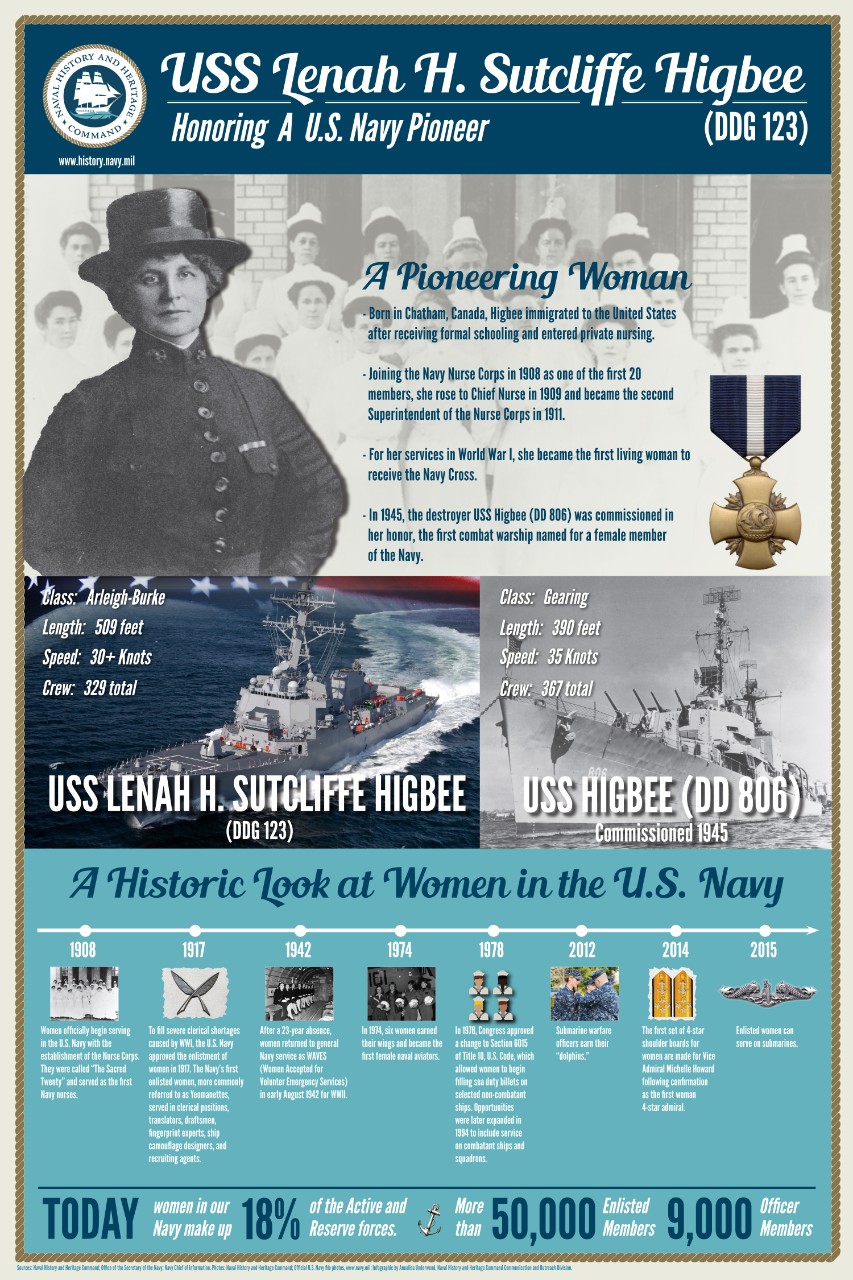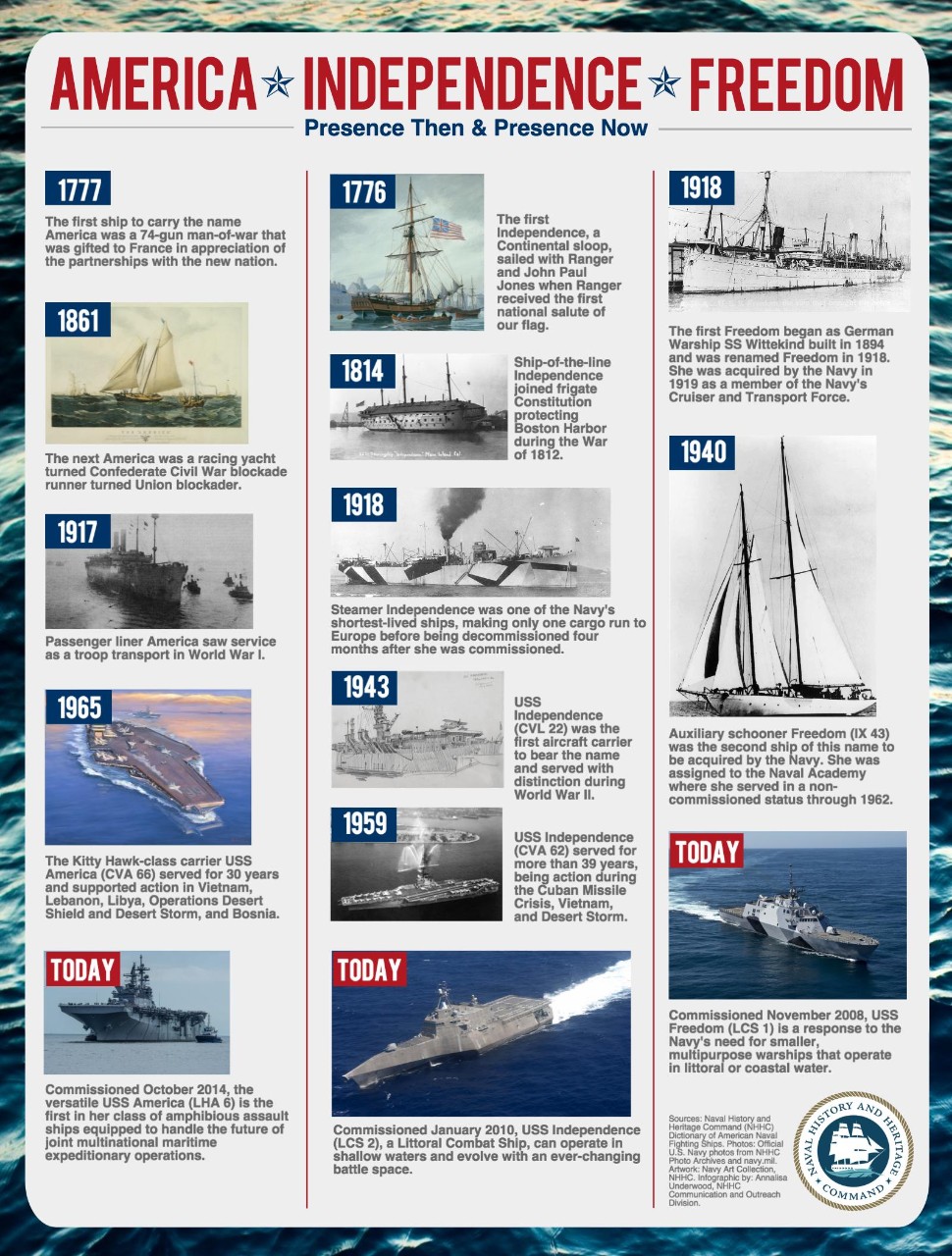Ship Naming in the United States Navy
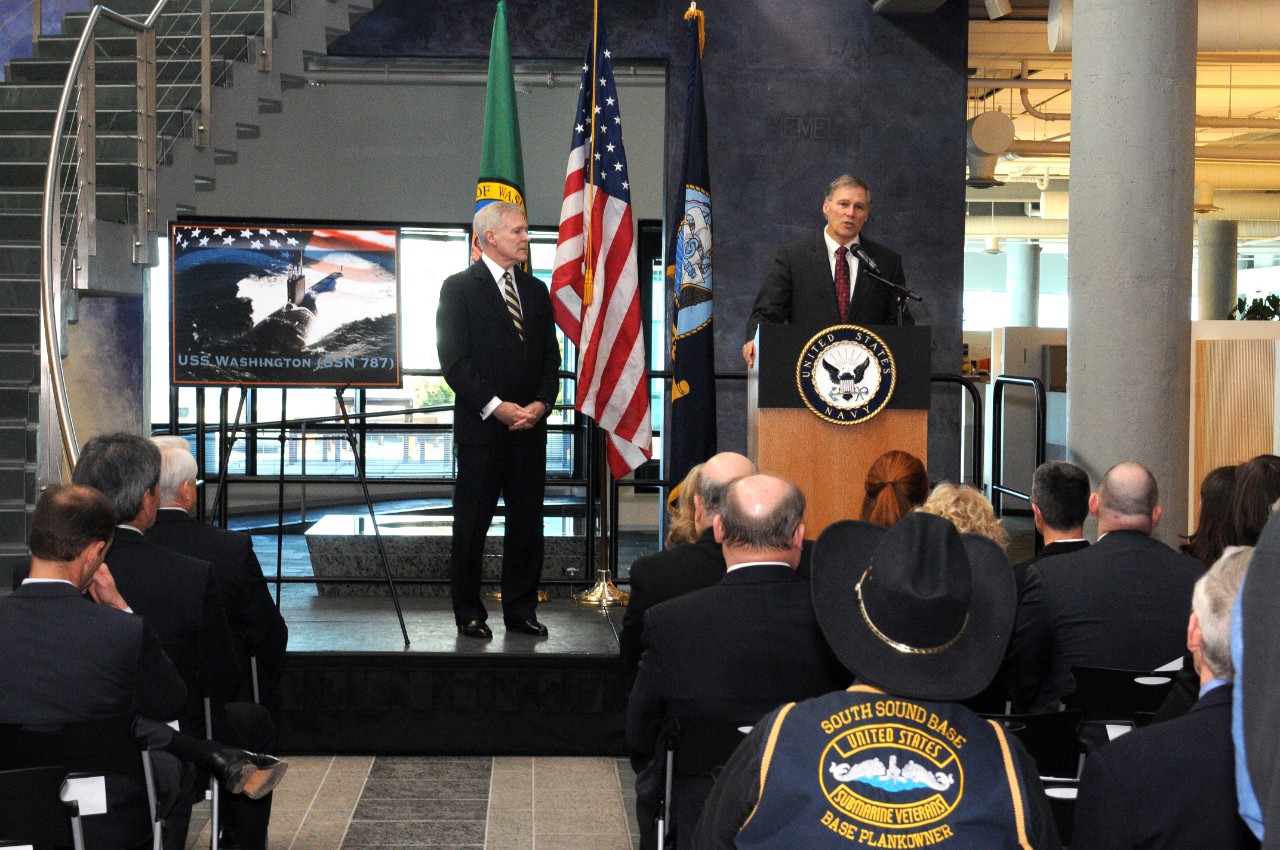
Ship names in the Continental Navy and the early federal Navy came from a variety of sources. As if to emphasize the ties that many Americans still felt to Britain, the first ship of the new Continental Navy was named Alfred in honor of Alfred the Great, the king of Wessex, who is credited with building the first English naval force. Another ship was named Raleigh to commemorate the seagoing exploits of Sir Walter Raleigh. Some ships honored early patriots and heroes (Hancock and General Greene). Others commemorated the young nation's ideals and institutions (Constitution, Independence, Congress). A 74-gun ship-of-the-line, launched in 1782 and donated to the French navy on completion, was named America. A Revolutionary War frigate named Bourbon saluted the King of France, whose alliance would further the cause of American independence. Other ship names honored American places (Boston, Virginia). Small warships ─ brigs and schooners ─ bore a variety of names. Some were named for positive character traits (Enterprise, Diligence). Others had classical names (Syren, Argus) or names of small creatures with a potent sting (Hornet, Wasp).
On 3 March 1819, an act of Congress formally placed the responsibility for assigning names to the Navy’s ships in the hands of the Secretary of the Navy, a prerogative which he still exercises. This act stated that “all of the ships, of the Navy of the United States, now building, or hereafter to be built, shall be named by the Secretary of the Navy, under the direction of the President of the United States, according to the following rule, to wit: those of the first class shall be called after the States of this Union; those of the second class after the rivers; and those of the third class after the principal cities and towns; taking care that no two vessels of the navy shall bear the same name.” The last-cited provision remains in the United States Code today.
An act of 12 June 1858 specifically included the word “steamship” in the ship type nomenclature, and officially defined the “classes” of ships in terms of the number of their guns. Ships armed with 40 guns or more were of the “first class”; those carrying fewer than 40, but more than 20, guns were of the “second class.” The name source for the second class was expanded to include the principal towns as well as rivers. The unprecedented expansion of the fleet during the Civil War was reflected ─ as far as ship naming was concerned ─ in an act of 5 August 1861, which authorized the Secretary of the Navy “to change the names of any vessels purchased for use of the Navy Department...” This provision also remains in current law.
An act of 4 May 1898, specified that “all first-class battleships and monitors [shallow-draft coast-defense ships completed between 1891 and 1903, armed with heavy guns] shall be named for the States, and shall not be named for any city, place, or person, until the names of the States have been exhausted, provided that nothing herein contained shall be construed as to interfere with the names of states already assigned to any such battleship or monitor.”
As with many other things, the procedures and practices involved in Navy ship naming are as much, if not more, products of evolution and tradition than of legislation. The Secretary can rely on many sources to help him reach his decisions. Each year, the Navy History and Heritage Command (NHHC) compiles primary and alternate ship name recommendations and forwards these to the Chief of Naval Operations by way of the chain of command. These recommendations are the result of research into the history of the Navy and by suggestions submitted by service members, Navy veterans, and the public. Ship name source records at NHHC reflect the wide variety of name sources that have been used in the past, particularly since World War I. Ship name recommendations are conditioned by such factors as the name categories for ship types now being built, as approved by the Secretary of the Navy; the distribution of geographic names of ships of the fleet; names borne by previous ships that distinguished themselves in service; names recommended by individuals and groups; and names of naval leaders, national figures, and deceased members of the Navy and Marine Corps who have been honored for heroism in war or for extraordinary achievement in peace.
In its final form, after consideration at the various levels of command, the Chief of Naval Operations signs the memorandum recommending names for the current year’s building program and sends it to the Secretary of the Navy. The Secretary considers these nominations, along with others he receives, as well as his own thoughts in this matter. At appropriate times, he selects names for specific ships and announces them.
While there is no set time for assigning a name, it is customarily done before the ship is christened. The ship’s sponsor ─ the person who will christen the ship ─ is also selected and invited by the Secretary. In the case of ships named for individuals, an effort is made to identify the eldest living direct female descendant of that individual to perform the role of ship’s sponsor. For ships with other name sources, it is customary to honor the wives of senior naval officers or public officials.
While the Navy has attempted to be systematic in naming its ships, like all institutions it has been subject to evolutionary change, and the name sources of the Navy’s ships have not been immune to this change. Thus, an historical accounting of this evolution, as it appeared in modern times, may help the reader understand the ship naming process as it exists today.
Learn more about the evolution of the ship naming process.
A Note on Navy Ship Name Prefixes
The prefix “USS,” meaning “United States Ship,” is used in official documents to identify a commissioned ship of the Navy. It applies to a ship while she is in commission. Before commissioning, or after decommissioning, she is referred to by name, with no prefix. Civilian-manned ships of the Military Sealift Command (MSC) are not commissioned ships; their status is “in service,” rather than “in commission.” They are, nonetheless, Navy ships in active national service, and the prefix “USNS” (United States Naval Ship) was adopted to identify them. Other Navy vessels classified as “in service” are simply identified by their name (if any) and hull number, with no prefix.
In 1907 President Theodore Roosevelt issued an Executive order that established the present usage:
In order that there shall be uniformity in the matter of designating naval vessels, it is hereby directed that the official designation of vessels of war, and other vessels of the Navy of the United States, shall be the name of such vessel, preceded by the words, United States Ship, or the letters U.S.S., and by no other words or letters.
─ Executive Order 549, 8 January 1907.
Today's Navy regulations define the classification and status of naval ships and craft:
1. The Chief of Naval Operations shall be responsible for ... the assignment of classification for administrative purposes to water-borne craft and the designation of status for each ship and service craft. ....
2. Commissioned vessels and craft shall be called “United States Ship” or “U.S.S.”
3. Civilian manned ships, of the Military Sealift Command or other commands, designated “active status, in service” shall be called “United States Naval Ship” or “U.S.N.S.”
4. Ships and service craft designated “active status, in service,” except those described by paragraph 3 of this article, shall be referred to by name, when assigned, classification, and hull number (e.g., "HIGH POINT PCH-1" or "YOGN-8").
─ United States Navy Regulations, 1990, Article 0406.
Related Resource
A Report on Policies and Practices of the U.S. Navy for Naming the Vessels of the Navy, 2013 [PDF, 0.4 MB]
Further Reading:
Navy Ship Names: Background for Congress (January 2016)
Navy Ship Names: Background for Congress (September 2016)
Ships named for African Americans
Ships named for Asian Americans and Pacific Islanders
Ships Named in Honor of Hispanic Americans
U.S. Navy Ships Named in Honor of American Indians
Infographics on Ship Naming:
(click image to download infographic)

